The Camino de Santiago comprises a set of routes that offer a great variety of landscapes, scenes and panoramic views that often leave us with our mouths open. If you have done any route you will know what we are talking about, right? Every pilgrim, whether a lover of photography or not, always immortalizes many of those pictures that caress our retinas, either with the camera of the mobile or with a camera. Now, can you imagine those same pictures recorded from a bird’s eye view? As an answer to this question, and as good Galicians that we are, we answer with another one: can you fly a drone on the Camino de Santiago? The answer is yes, but with some important details to keep in mind.
What do the regulations say?
Today’s technological society offers incredible tools for our daily lives, and recent drone technology allows us to capture fascinating shots, whether they are still or moving images. The term drone, which comes from drone , is defined by the RAE as “unmanned aircraft”. It would therefore be an unmanned aerial vehicle, which flies without crew or pilot, as the pilot exercises his role remotely.
However, we are talking about a type of remote-controlled aircraft that is not a toy, and depending on its characteristics, it will be affected by the regulations in force, which are the responsibility of the European Union. The Aviation Safety State Agency (AESA) makes available on its website this regulation, in force since December 31, 2020, which has established some changes, for example, there is no longer a distinction between professional flight or recreational flight. Let’s look at the details.
First of all, as with the driving license, a first requirement is age. Children under 12 years old can fly a drone with adult supervision; up to 14 years old, however, it is no longer necessary, always for recreational use. From the age of 16 you can fly a drone.
Next, you have to take into account the weight of the aircraft: to fly a drone weighing more than 250 grams, you will have to pass a training, i.e. online exams from the AESA, which will depend on the category you want (level 1 or 2). This accreditation allows you to fly in all European airspace. However, and here comes the good news, if it weighs less than 250 grams, you can fly it without any certification, which makes it possible to fly a drone on the Camino de Santiago.
A drone is an aircraft and, as such, must be flown responsibly.
Indeed, now that we know that you can fly a pilgrim drone, remember that responsibility and common sense are inherent to flying a drone, just like any other vehicle. In relation to this, you must take into account some limitations:
- you must always have visual contact with the aircraft, except for a specific category;
- You can not exceed 120 meters in height, nor 50 meters horizontally;
- if you are near an airport, airfield or controlled airspace, you must be at least 5 miles away from it;
- You can also not fly over protected natural areas, such as Natural Parks, wildlife conservation areas, Biosphere Reserves;
- not to violate the Data Protection Act and to protect the Right to Privacy and Honor of the people who may be recorded by the drone camera;
- liability insurance is not compulsory, but it is advisable: in case of any damage, you will be liable.
Some examples
Since 2018 the Xunta de Galicia has developed a drone project that provides cardiovascular care to pilgrims on the Camino de Santiago. This medical drone is called Lúa, and it has telematic services for pilgrims, a medical kit with medicines, 5G glasses and a semi-automatic defibrillator. When there is an emergency, you must call 061, and by geolocation, Lúa will arrive at the place of the incident, and the person or pilgrim who is attending the patient must put on the glasses, which will allow the technicians to see what is happening and thus advise on what to do.
We have not flown a drone on the Camino de Santiago, but we have seen pilgrims doing it. We recently told you about the project “I’ll Push You” and on his pilgrimage there was a drone pilot who provided the project with very spectacular aerial images taken by a drone. One of the most impressive shots that we remember is the arrival to Portomarín, in the The French Way of Saint James
crossing the new bridge.
Yes, you can fly a drone on the Camino de Santiago
No, you don’t have to climb a tree or a church steeple to take breathtaking shots of the Camino de Santiago, you can fall and hurt yourself! If you would like to do some jacobean route with a drone, now you know that you can, but always with “sentidiño”, as they say in Galicia.
Ultreia et suseia, never better said!

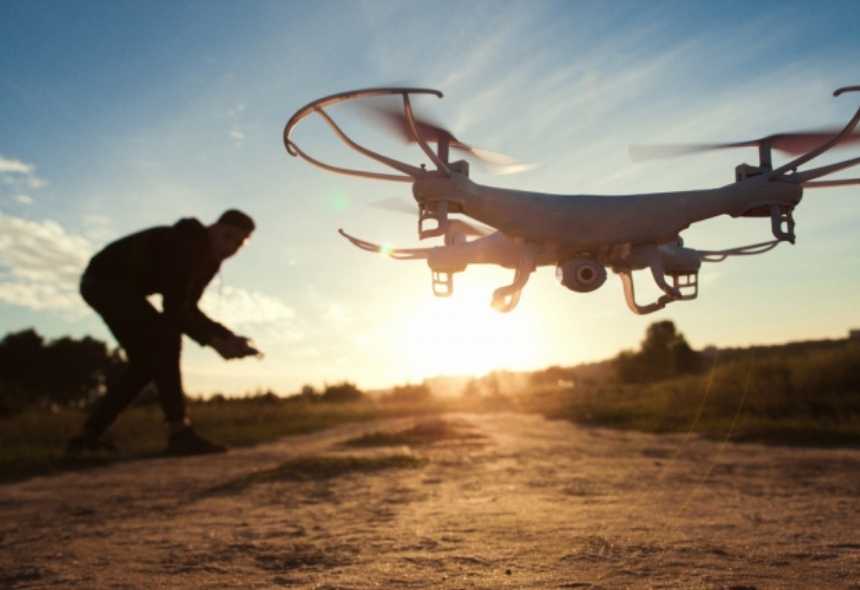
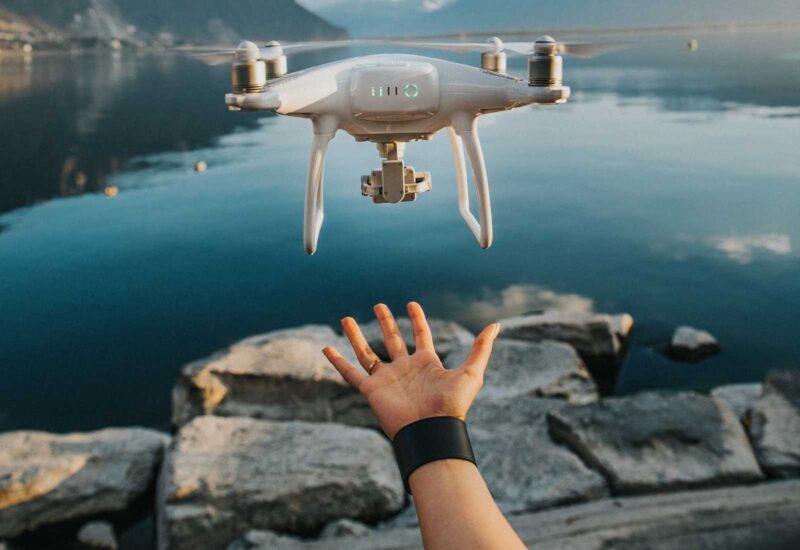
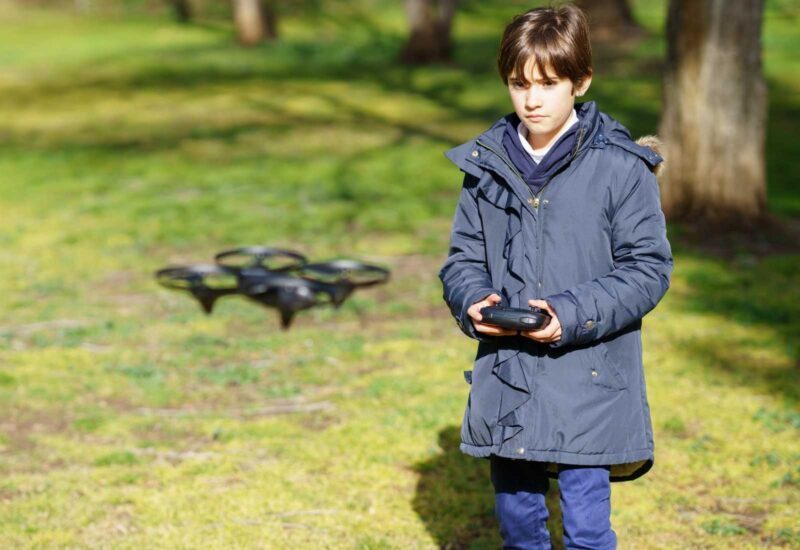
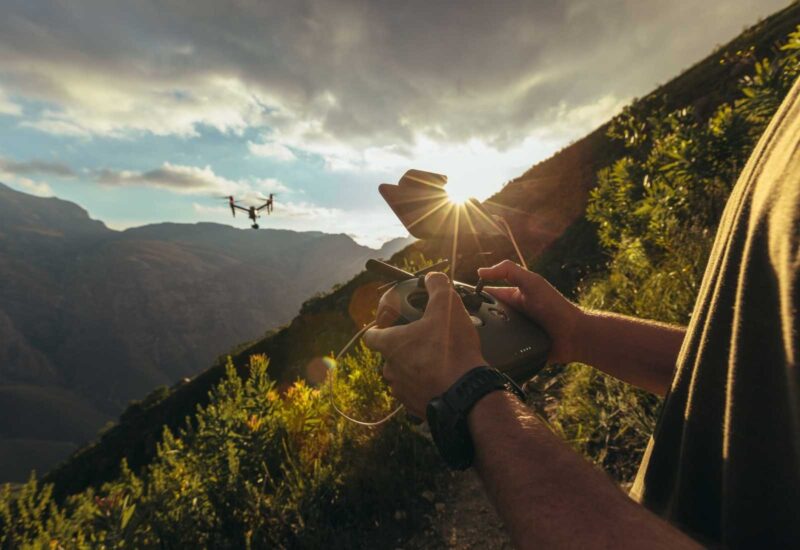
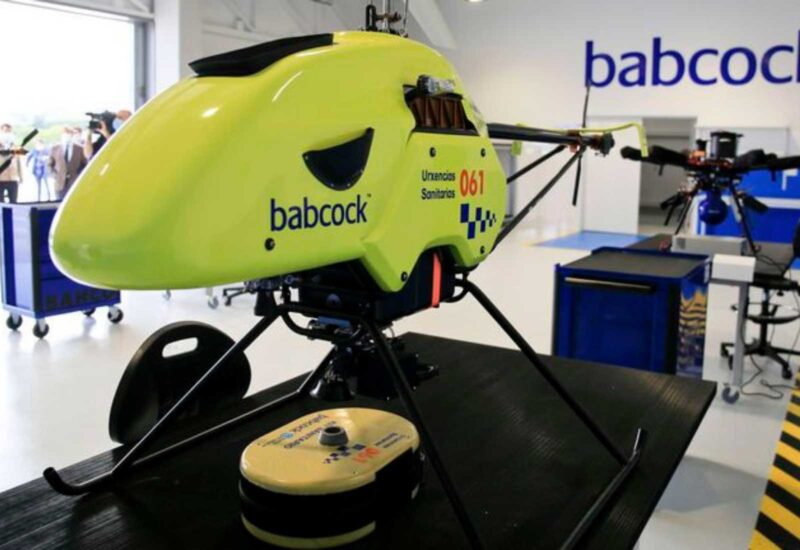




Leave A Comment